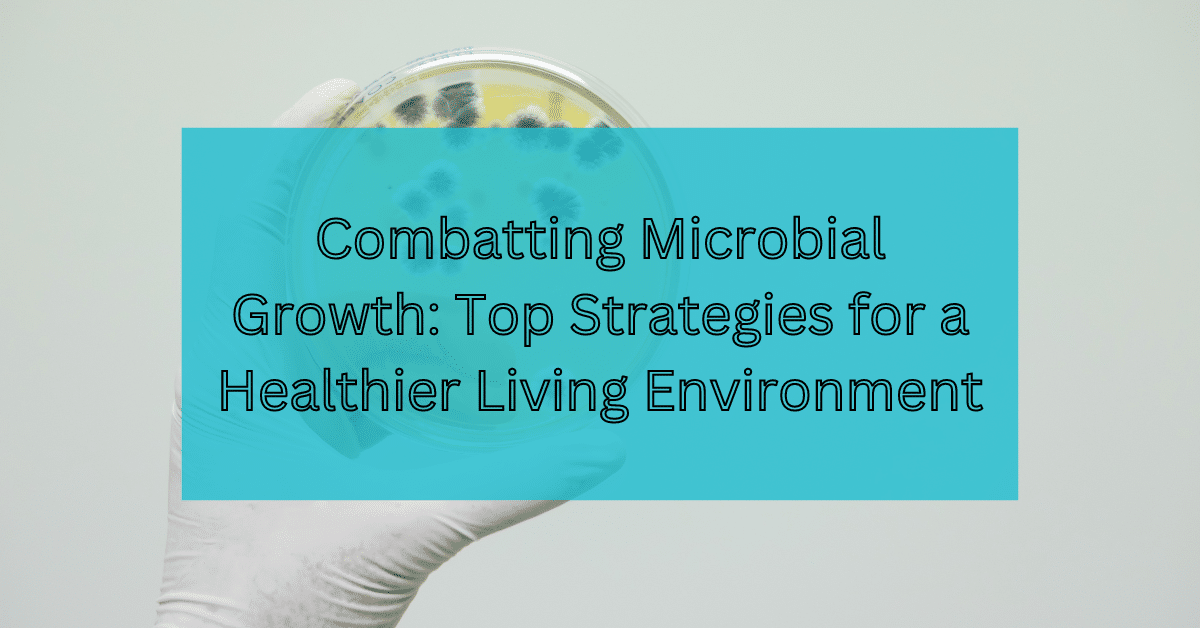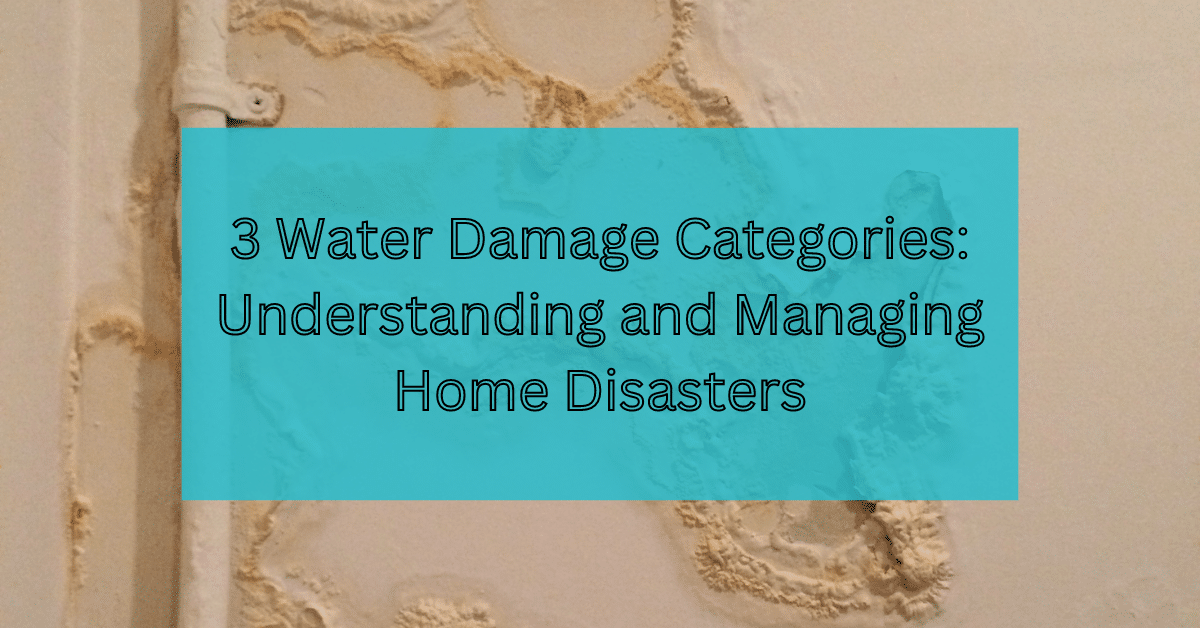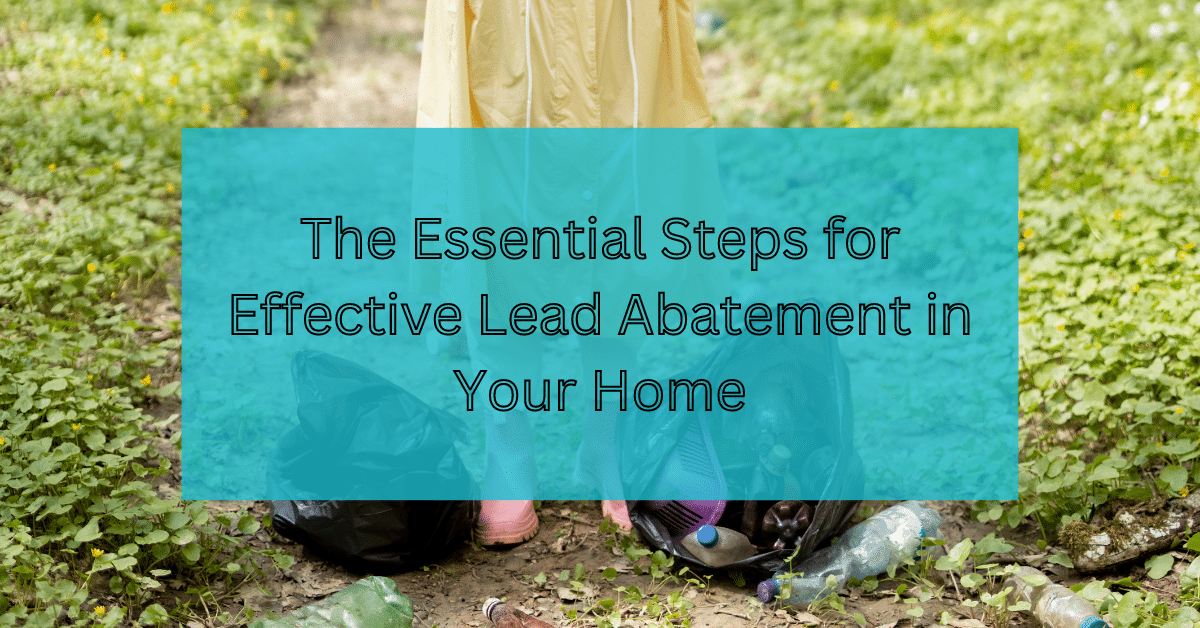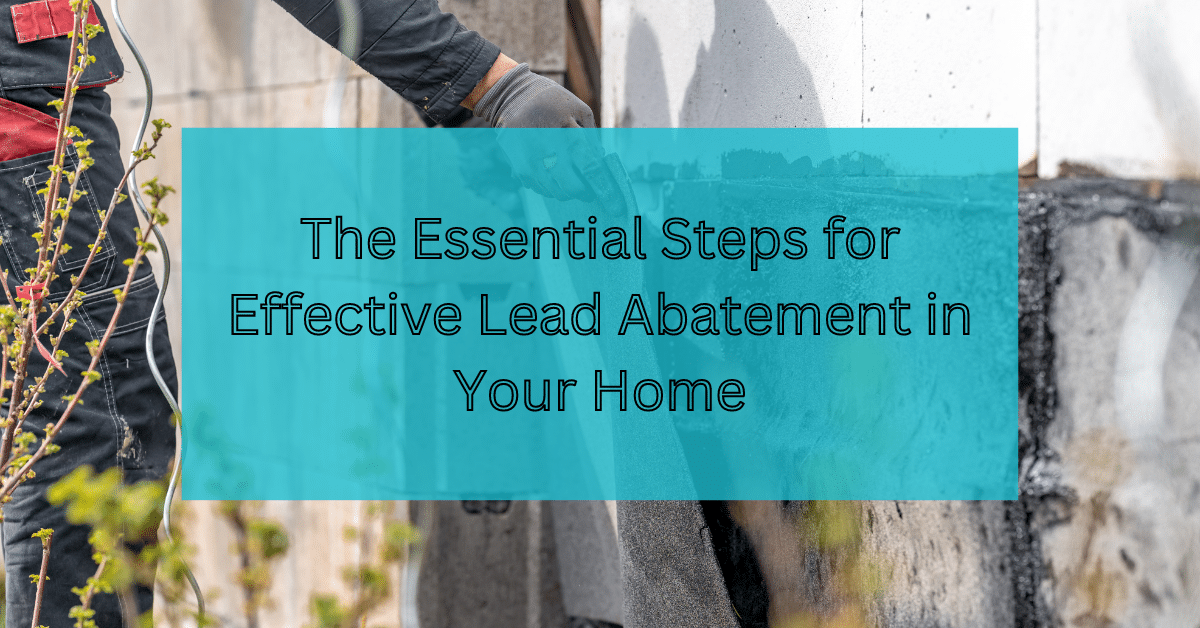Introduction: The Impact of Microbial Growth on Living Environments
Microbial growth in living environments, an often-overlooked issue, can significantly impact health and well-being. Microorganisms like mold, bacteria, and mildew thrive in damp, warm conditions and can be found in various areas around the home. Their presence is not just unsightly but can also cause health issues, particularly in those with allergies or compromised immune systems. Understanding and combatting microbial growth is essential for maintaining a healthy living environment. This article will explore top strategies to effectively manage and prevent microbial growth in your home.
Understanding and Identifying Microbial Growth
The first step in combatting microbial growth is understanding what it is and how to identify it. Microbial growth refers to the proliferation of microorganisms in an environment. In homes, this is often seen as mold or mildew, characterized by patches of black, green, or white growth, typically in moist areas. A musty smell is another common indicator. Regular inspection of potential growth areas, such as bathrooms, kitchens, basements, and around windows, is crucial in early identification and management.
Maintaining Proper Ventilation
One of the primary strategies for preventing microbial growth is ensuring proper ventilation. Microorganisms thrive in stagnant, moist air, so it’s important to keep air circulating. This can be achieved by:
- Using exhaust fans in high-moisture areas like bathrooms and kitchens.
- Keeping windows open when weather permits to allow for air exchange.
- Ensuring that vents for dryers and other appliances lead outside of the home.
- Regularly checking and cleaning air vents and air conditioning units to prevent dust buildup and ensure efficient operation.
Controlling Humidity Levels
Since microbial growth is encouraged by high humidity levels, controlling the humidity in your home is essential. Ideally, indoor humidity should be kept between 30% and 50%. You can achieve this by:
- Using dehumidifiers in damp areas or during humid weather.
- Fixing leaks in pipes, roofs, and windows promptly to reduce moisture.
- Ensuring that your home has adequate insulation to prevent condensation.
- Using moisture-absorbing products in closets, bathrooms, and other small, enclosed spaces.
Regular Cleaning and Maintenance
Regular cleaning is vital in controlling microbial growth. Dust and organic materials can provide food for microorganisms, so keeping surfaces clean can limit their growth. This includes:
- Regularly washing and drying bath mats, towels, and shower curtains, as they can harbor mold and mildew.
- Cleaning and drying any spills or leaks immediately.
- Using mold-resistant paint in areas prone to moisture.
- Regularly inspecting and cleaning gutters and downspouts to ensure water is effectively directed away from your home.
Using Antimicrobial Products
While regular cleaning is important, sometimes additional measures are necessary, especially in areas prone to moisture. Antimicrobial cleaning agents can inhibit the growth of bacteria, mold, and mildew. However, it’s important to use these products safely and according to manufacturer instructions. In some cases, particularly for large areas of growth, it may be safer and more effective to call in professional cleaners.
Healthy Habits and Lifestyle Adjustments
Combatting microbial growth is not just about home maintenance; lifestyle adjustments can also play a significant role. This includes:
- Drying wet clothing and towels immediately rather than leaving them to sit and become breeding grounds for mold.
- Ensuring that houseplants do not contribute to indoor humidity levels – overwatering can increase indoor humidity.
- Being mindful of how daily activities, like cooking and showering, can increase humidity and taking steps to mitigate this.
Conclusion: A Holistic Approach to Combatting Microbial Growth
In conclusion, combatting microbial growth requires a multifaceted approach, combining regular home maintenance, proper ventilation and humidity control, the use of appropriate cleaning products, and lifestyle adjustments. By understanding the causes and solutions, homeowners can effectively manage microbial, leading to a healthier living environment. Remember, the key is prevention and early intervention – taking proactive steps can save you from the complications associated with extensive microbial growth in your home.



